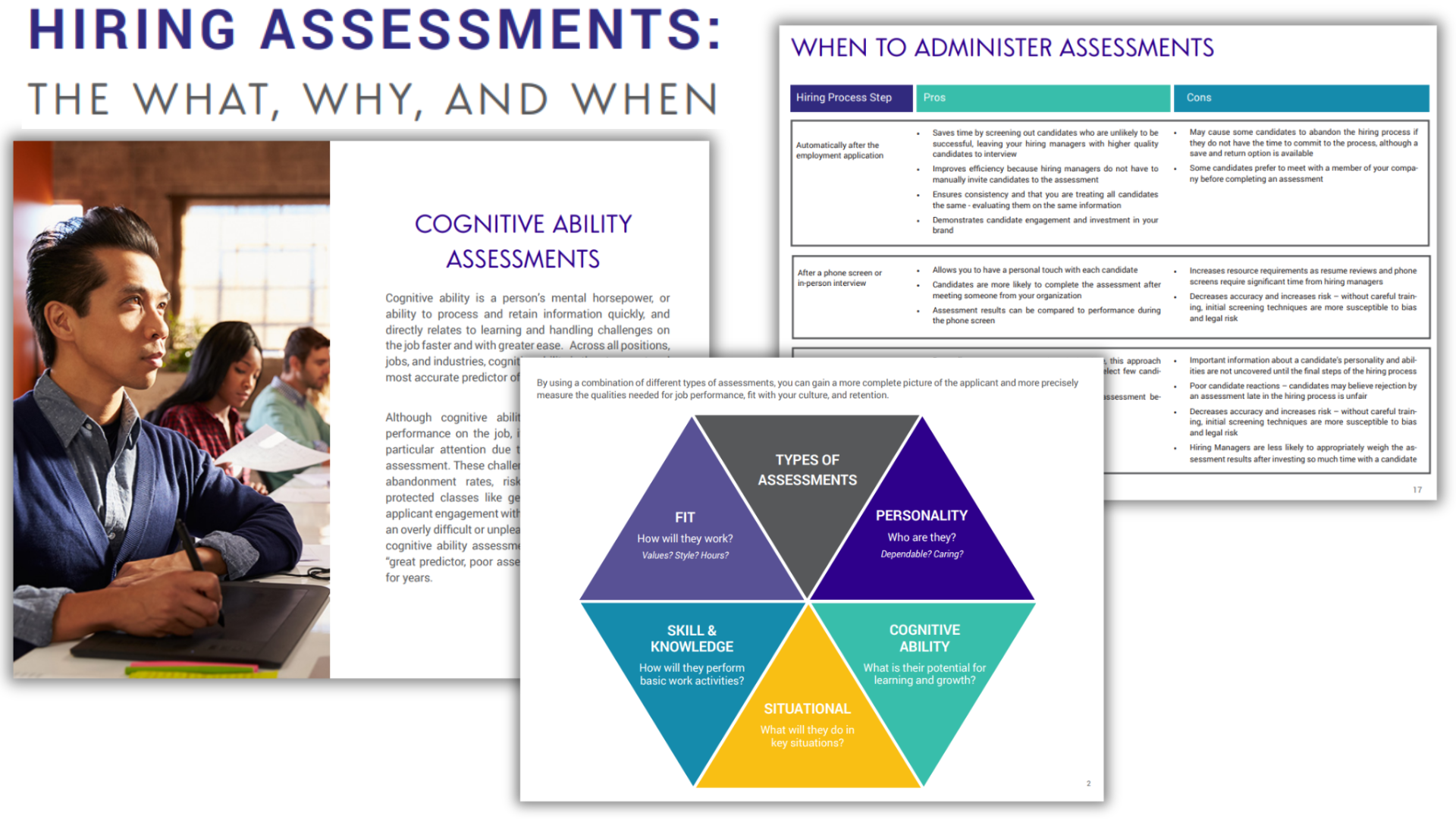When we, or those we love, are vulnerable – whether sick, in danger, or troubled – we rely on caregivers: professionals who provide help, comfort, and reduce suffering. Caregivers serve their communities in settings ranging from hospices and special needs communities to animal shelters and in-home care. Compassion – the urge we feel to help when we see someone suffering – drives caregivers, but it can become an uncomfortable state of tension when what they can do to relieve suffering is limited.

Unsplash+ In collaboration with Getty Images
Indeed, there is a significant physical and psychological “cost of caring” for others; burnout is one of these costs. It’s a chronic state of stress that can include mental and physical exhaustion, and cynicism. Compassion fatigue is a form of burnout that can occur instantly after a traumatic event, gradually over time, or even from hearing the experiences of others.
This happens because the compassion that drives caregivers to act also causes them to feel empathy. As they empathize with others, they begin to share their emotions and experience of suffering that causes physical and emotional exhaustion linked to illness, poor job performance, and even declining personal and family relationships. Compassion fatigue has long been recognized as a threat to caregivers and a key reason for turnover rates exceeding 50 percent for many caregiving occupations. The late Mother Teresa understood the risks of compassion fatigue and required nuns to take a year’s sabbatical every 4-5 years to heal from the effects of their caregiving work.
Strategies to Reduce Compassion Fatigue
1. Mindfulness
One of the most promising ways to reduce compassion fatigue is maintaining a state of mindfulness. By focusing awareness on the present-moment and letting go of situations that have passed, caregivers are able to take greater control of their mental and physical reactions to stress. In mindfulness training, caregivers are taught self-compassion and learn strategies to provide themselves with the same consideration and forgiveness they bestow upon others. Results from experimental research find mindfulness training significantly reduces caregiver stress. Caregivers who participated in mindfulness training, compared to a control group, reported markedly less negativity and anxiety – not just on the job but across all domains of life. They also perceived the work environment as less stressful and were less likely to ruminate about work problems. While the research did not examine intentions to quit or turnover, feelings of anxiety and pessimism were among the biggest predictors of employee attitudes and retention.
2. Sharing
While clinical information is routinely communicated across care teams, caregivers infrequently communicate about their emotional struggles in providing care. Regularly providing scheduled and safe opportunities for caregivers to share their stories, emotions, and challenges builds a sense of community and shared experience for caregivers. When employers provide opportunities for caregivers to share experiences that have affected them emotionally – whether they made them feel proud, sad, or grateful – they discover others face similar struggles and learn techniques for managing the emotional demands of their job. Sharing markedly improves the caregiver experience, enhances commitment to and satisfaction with the job and organization, and increases the sense that their employer is caring and supportive.

Photo by Patty Brito on Unsplash
3. Leadership Shadowing
Leaders, who in many cases were once on the front lines of care, can easily spend the majority of their time on administration and be removed from the emotional demands of caregiving. Regularly shadowing caregivers, solely for understanding the emotional experience of providing care, can build trust within the team and allow leaders to draw on their experience to provide caregivers with tools and strategies to manage the emotional demands they encounter. Shadowing also provides the opportunity for leaders to understand how policies and practices affect the emotional demands caregivers face on the job and identify caregivers who may be at risk for burnout.
Next Steps
There are important actions employers can take to reduce the incidence of fatigue and burnout, while increasing job performance before an employee even begins his or her journey with your organization. Focused hiring assessments that identify applicants with high potential for compassion and care coupled with the resilience and grit needed to thrive is a promising adjunct to the management process. In our eBook, The What, Why, and When of Assessments, we review how assessments can improve the accuracy and efficiency of your hiring process. By addressing both the work environment, job demands, and hiring the right fit for your model of care, you can make the biggest gains in retention and building quality stable teams. Developing a resilient team focused on caring and serving others starts with how you hire.
Resources
Running on Empty: Compassion Fatigue in Health Professionals. Rehab and Community Care Medicine. Spring, 2007.
How Schwartz Rounds Can Be Used To Combat Compassion Fatigue. Nursing Management, Volume 20, Number 4. July. 2013.
Advancing Effective Communication, Cultural Competence, and Patient- and Family-Centered Care: A Roadmap for Hospitals. The Joint Commission. 2010.
The Prevalence of Burnout in Health Professionals Working in Palliative Care: a Systematic Review Protocol. 2016.





